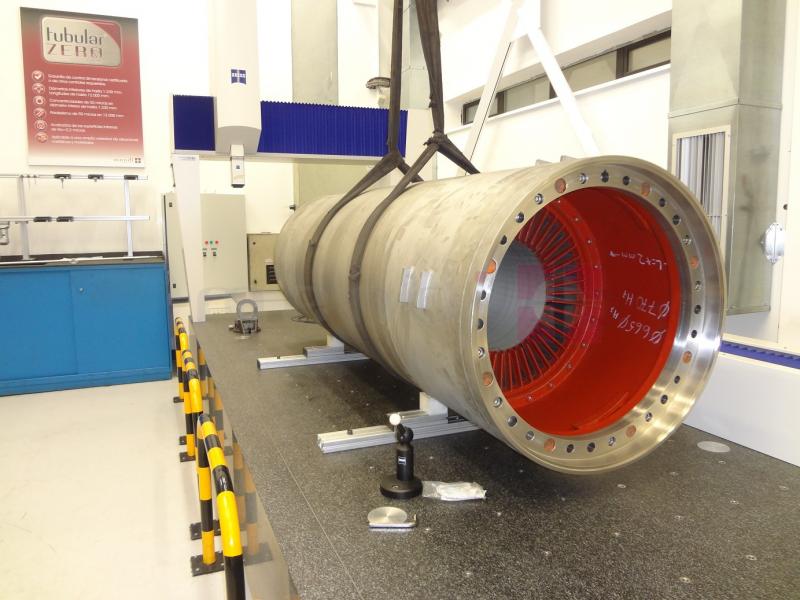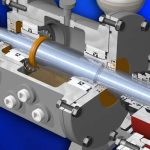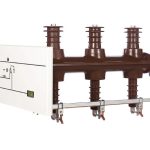Impeller
The impeller is the main rotating part that provides the centrifugal acceleration to the fluid. They are often classified in many ways:
- Based on major direction of flow in reference to the axis of rotation:
- Radial flow
- Axial flow
- Mixed flow
- Based on suction type:
- Single-suction: Liquid inlet on one side.
- Double-suction: Liquid inlet to the impeller symmetrically from both sides.
- Based on mechanical construction (Figure 8)
- Closed: Shrouds or sidewall enclosing the vanes.
- Open: No shrouds or wall to enclose the vanes.
- Semi-open or vortex type.
- Description: centrifugal-pumps
- Figure 8: Impeller Types
Closed impellers require wear rings and these wear rings present another maintenance problem. Open and semi-open impellers are less likely to clog, but need manual adjustment to the volute or back-plate to get the proper impeller setting and prevent internal re-circulation. Vortex pump impellers are great for solids and “stringy” materials but they are up to 50% less efficient than conventional designs. The number of impellers determines the number of stages of the pump. A single stage pump has one impeller only and is best for low head service. A two-stage pump has two impellers in series for medium head service. A multi-stage pump has three or more impellers in series for high head service.
Wear ring provides an easily and economically renewable leakage joint between the impeller and the casing. clearance becomes too large the pump efficiency will be lowered causing heat and vibration problems. Most manufacturers require that you disassemble the pump to check the wear ring clearance and replace the rings when this clearance doubles.
Shaft
The basic purpose of a centrifugal pump shaft is to transmit the torques encountered when starting and during operation while supporting the impeller and other rotating parts. It must do this job with a deflection less than the minimum clearance between the rotating and stationary parts.
Description: centrifugal-pumps
Figure 9: Shaft Sleeve
Shaft Sleeves
Pump shafts are usually protected from erosion, corrosion, and wear at the seal chambers, leakage joints, internal bearings, and in the waterways by renewable sleeves. Unless otherwise specified, a shaft sleeve of wear, corrosion, and erosion-resistant material shall be provided to protect the shaft. The sleeve shall be sealed at one end. The shaft sleeve assembly shall extend beyond the outer face of the seal gland plate. (Leakage between the shaft and the sleeve should not be confused with leakage through the mechanical seal).
Coupling
Couplings can compensate for axial growth of the shaft and transmit torque to the impeller. Shaft couplings can be broadly classified into two groups: rigid and flexible. Rigid couplings are used in applications where there is absolutely no possibility or room for any misalignment. Flexible shaft couplings are more prone to selection, installation and maintenance errors. Flexible shaft couplings can be divided into two basic groups: elastomeric and non-elastomeric
- Elastomeric couplings use either rubber or polymer elements to achieve flexibility. These elements can either be in shear or in compression. Tire and rubber sleeve designs are elastomer in shear couplings; jaw and pin and bushing designs are elastomer in compression couplings.
- Non-elastomeric couplings use metallic elements to obtain flexibility. These can be one of two types: lubricated or non-lubricated. Lubricated designs accommodate misalignment by the sliding action of their components, hence the need for lubrication. The non-lubricated designs accommodate misalignment through flexing. Gear, grid and chain couplings are examples of non-elastomeric, lubricated couplings. Disc and diaphragm couplings are non-elastomeric and non-lubricated.


